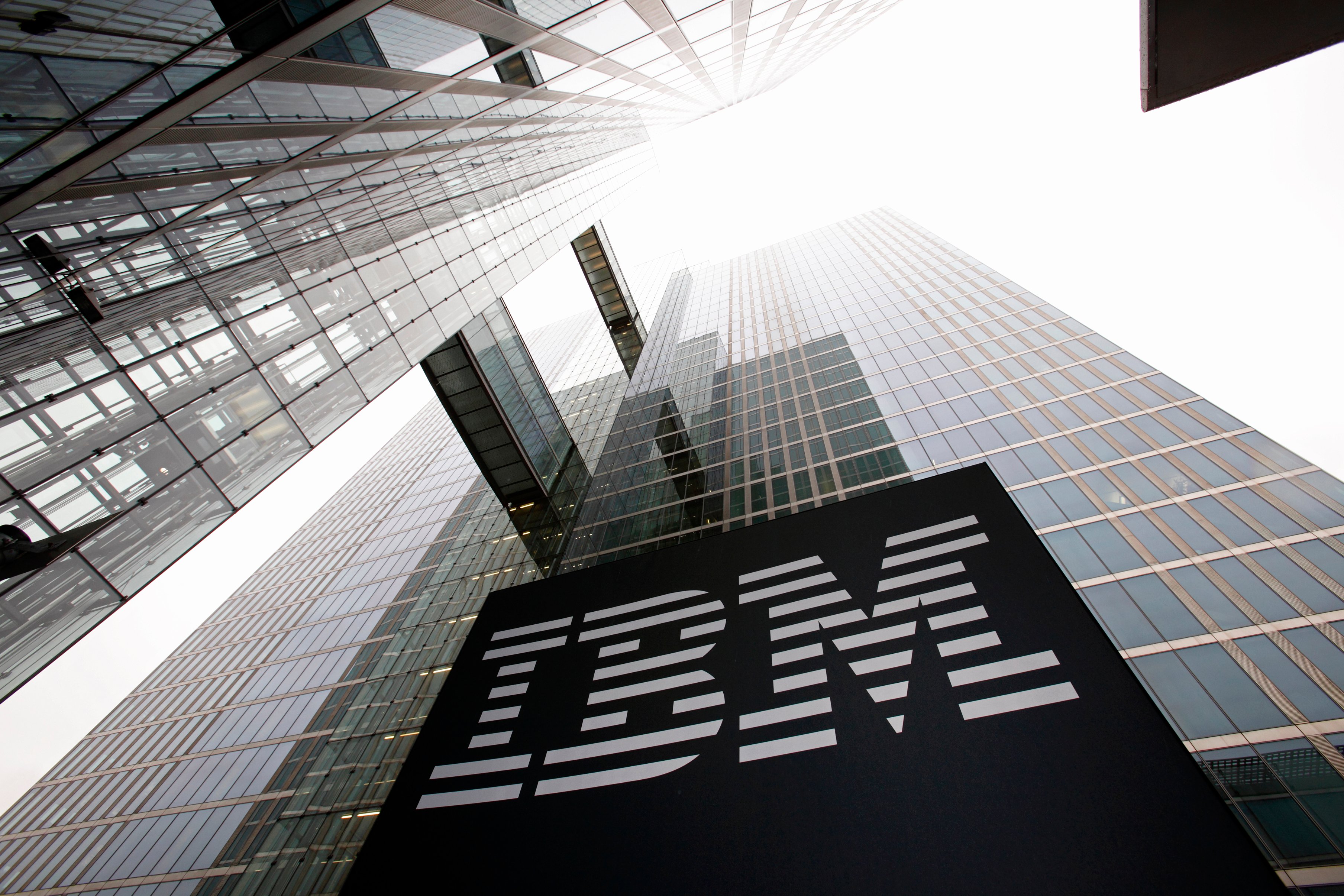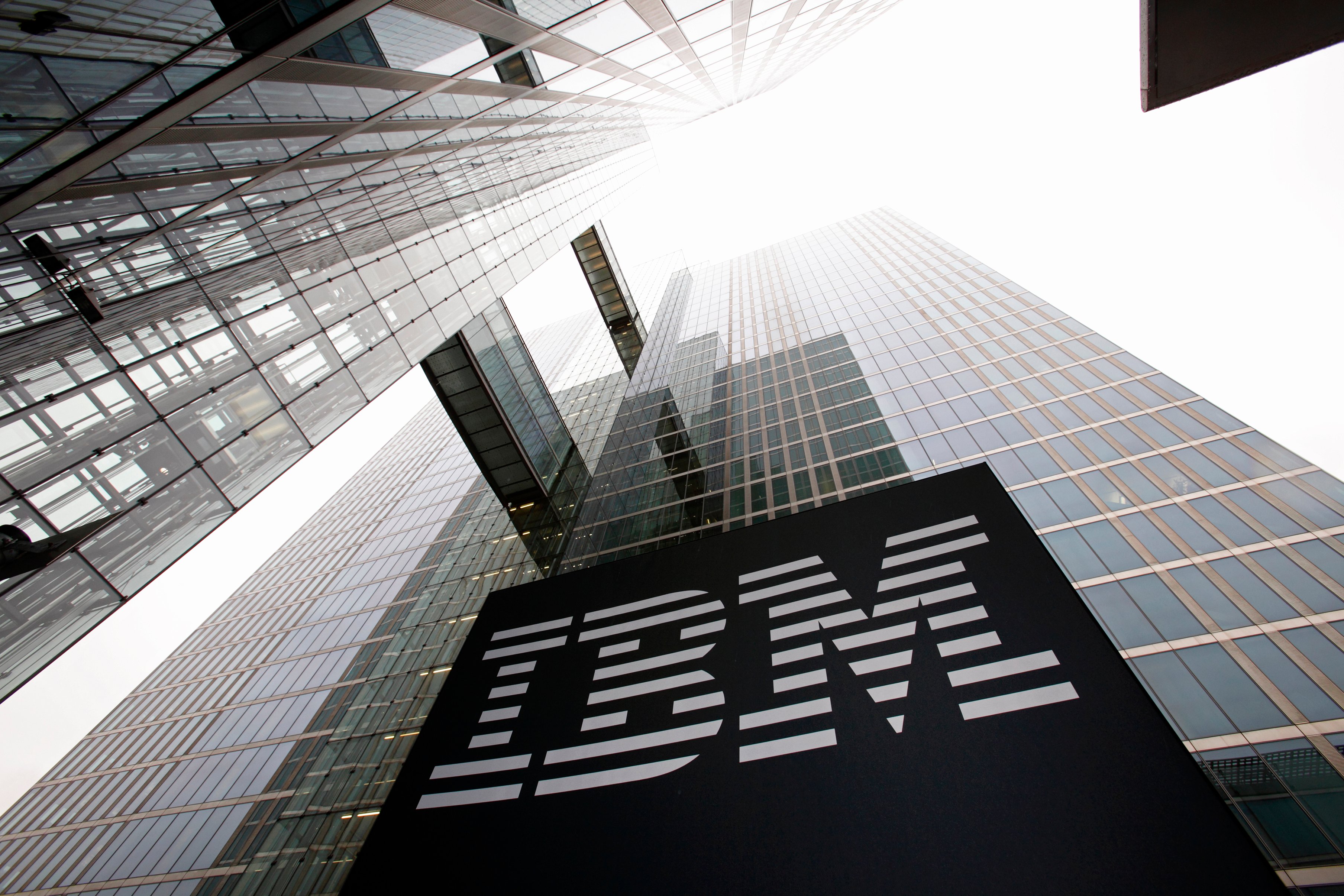Shares of Red Hat (RHT +0.00%) raced more than 5% higher on Tuesday, boosted by a fantastic fourth-quarter report.
Let's take a closer look at the quarterly update that made investors forget about December's humdrum revenue report.

Image source: Red Hat.
Red Hat by the numbers
The open-source software veteran's fourth-quarter sales jumped 16% higher year over year, landing at $629 million. The backlog of unfilled orders under contract rose 29% to $2.7 billion.
Full-year order bookings of $3 billion helped push the unfilled order total higher, and provides a strong outlook for revenue growth in coming years. This figure compares to $2.4 billion in billed full-year revenue, which works out to a book-to-bill ratio of 1.25. Book-to-bill ratios above 1.0 are generally seen as a positive omen for any company running a business model built around subscription fees or long-term contracts.
On that note, a large number of big contracts boosted Red Hat's average contract length to 25 months, up from 22 months in recent quarters and management's stated target at 21 months. That's another sign of stable and predictable revenue streams.
The solid revenue trickled down to the bottom line, growing as it moved along. Unadjusted earnings landed at $0.36 per diluted share, a 24% improvement over the year-ago period. Operating cash flows grew 27% larger, to $318 million.
Red Hat's results were consistently ahead of management's guidance for the quarter, and Wall Street analysts were caught flat-footed by that juicy top-line showing.
The upcoming 5G telecommunications opportunity
Digging beyond the bird's-eye view, I hopped on the phone for a quick one-on-one talk with Red Hat CEO Jim Whitehurst. He was excited to explain how his company is leaning into an unexpected growth opportunity:
A particular area of strength is telco network functions virtualization, or NFV. We did a couple of very large OpenStack deals. As telcos move toward 5G, they have to build up a whole new infrastructure to handle that kind of volume. I think that the general consensus is that this is going to be commodity hardware running OpenStack.
Frankly, we've been saying all along that we're working to ensure that Red Hat is the, you know, Red Hat of OpenStack. I think we have made a lot of progress this year with large telco wins and telcos recognizing the value of having a standard OpenStack offering that all of their NFV providers and all their hardware providers have been certified to. So we're feeling really, really good about the traction we're getting with OpenStack.

Red Hat CEO Jim Whitehurst. Image source: Red Hat.
I know, Red Hat is not usually considered a wireless communications specialist. That could change.
As you already know, wireless networks worldwide are getting ready to roll out another brand-new generation of network equipment. This time, a lot of the nitty-gritty connection work will be done by specialized software running on commodity hardware. Red Hat wants to provide the gold-standard version of the fundamental software that links these two worlds together.
That's a huge potential market, and Whitehurst claims to run ahead of the pack right now. Red Hat has partnered up with everybody from telco specialists Ericsson (ERIC 0.10%) and Nokia (NOK +0.92%) to all-purpose networking giants Cisco Systems (CSCO +0.00%) and Huawei. All of these networking giants will battle for a slice of the 5G market -- and Red Hat is poised to ride the coattails of pretty much any winner in that space.
The 5G upgrade trend is only starting to rumble right now, and played a small part in Red Hat's results for the fourth quarter. The bulk of this opportunity lies ahead. If Red Hat plays its cards right, the company could become the go-to provider of a crucial piece in the 5G networking puzzle -- and then leverage that win to play a similar role in other markets.
Red Hat shares are trading at 17-year highs thanks to this rosy report, and are ready to move even higher. I'm holding on to my Red Hat stock for the long run, having gained 64% in three years so far, and you might want to join me.









